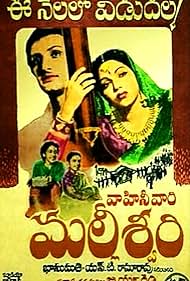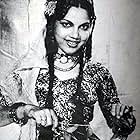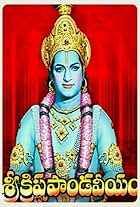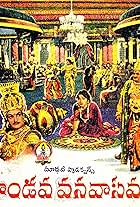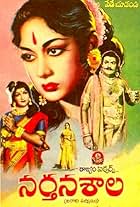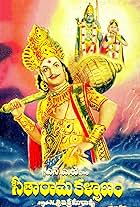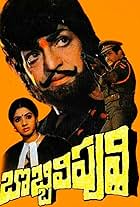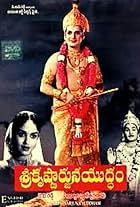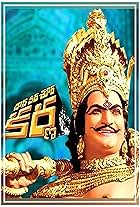In the bygone era of 1951, the cinematic landscape bore witness to the emergence of "Mallishwari," an Indian Telugu-language historical romance film that unfurled its tale under the discerning eye of the accomplished B. N. Reddy. Within the frames of monochrome, Bhanumathi and N. T. Rama Rao graced the screen as Nagaraju and Mallishwari, a couple ensnared in the clutches of familial avarice.
The narrative unfolds against the backdrop of the Vijayanagara Empire, where Mallishwari, in adherence to the tradition of "Rani Vasam," is dispatched to the regal abode, laden with the glittering offering of gold and jewels. The heart of the story beats with the forbidden love that prompts Nagaraju to defy conventions, clandestinely infiltrating the palace to reunite with Mallishwari, thereby paving the way for the ensuing consequences.
On the eve of December 20, 1951, the film made its cinematic debut, greeted initially by a lukewarm response from the box office. However, the tides swiftly turned in its favor as the echoes of commendation reverberated through word of mouth, leading to a commendable surge in ticket sales. Despite its subdued inception, the film found redemption in its subsequent re-release, transcending the shackles of its initial underperformance.
"Mallishwari" ascended to cult status within the realm of Telugu cinema, standing as a testament to B. N. Reddy's directorial prowess. Regarded as one of his magnum opuses, the film casts an enduring spell on the viewer, akin to a poetic masterpiece captured in celluloid.
This cinematic marvel is a nostalgic voyage, an immersive tapestry of kings and proud queens, resplendent baroque-style palaces, ethereal dancers, and ordinary mortals who dared to defy societal norms in the pursuit of love. "Mallishwari" remains etched in the annals of cinematic history as a lyrical symphony, an evocative composition that resonates long in the collective memory of aficionados.
